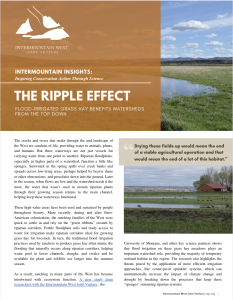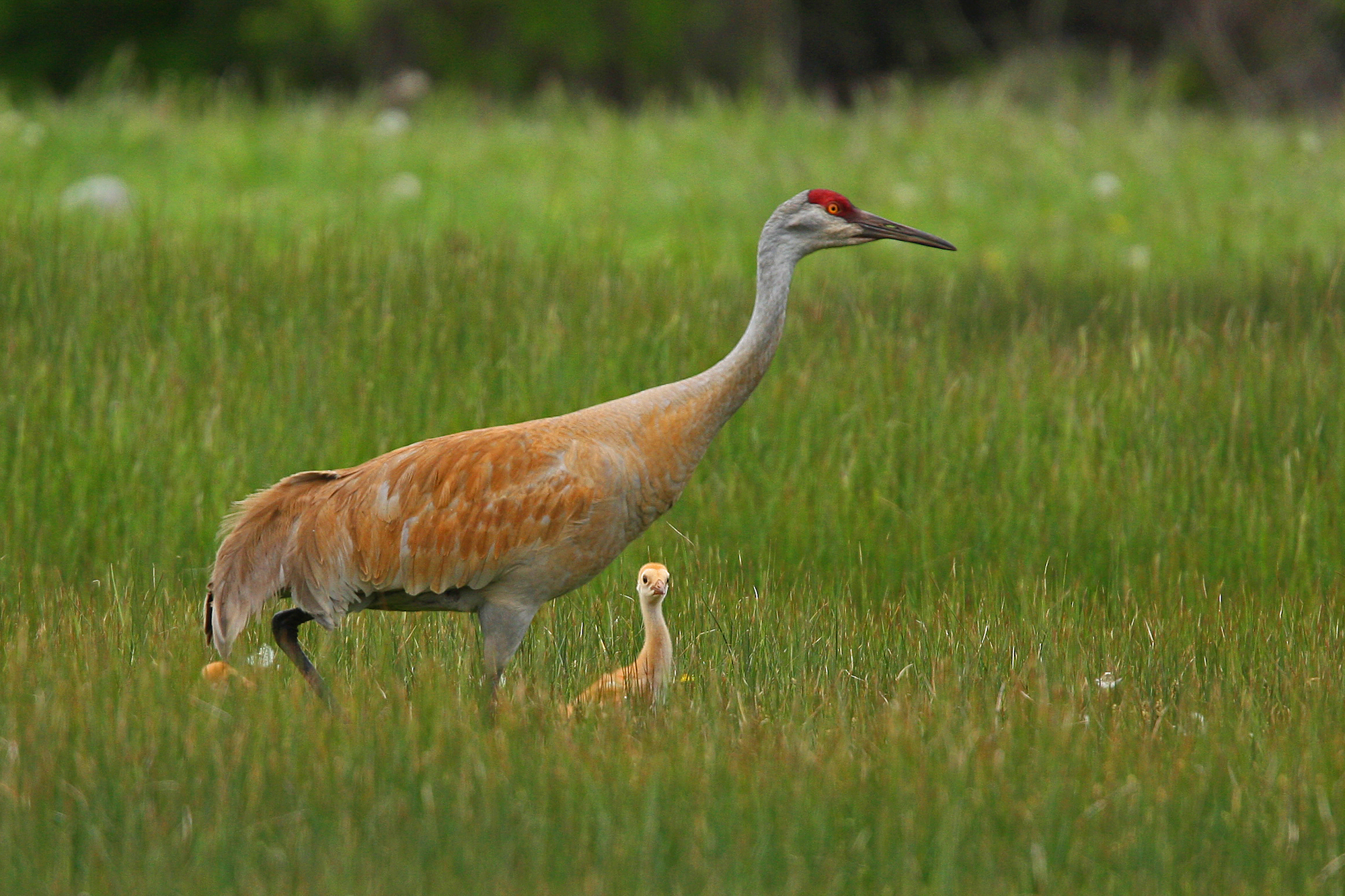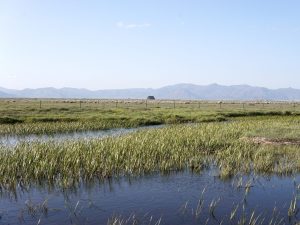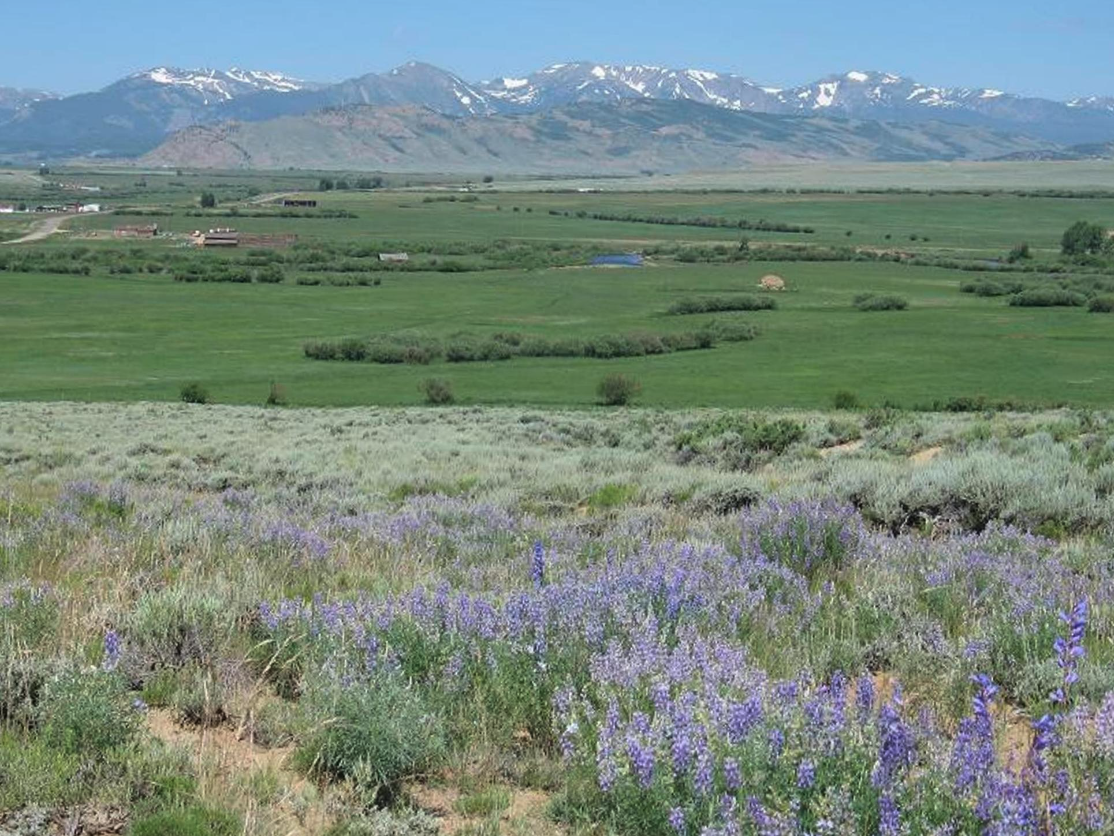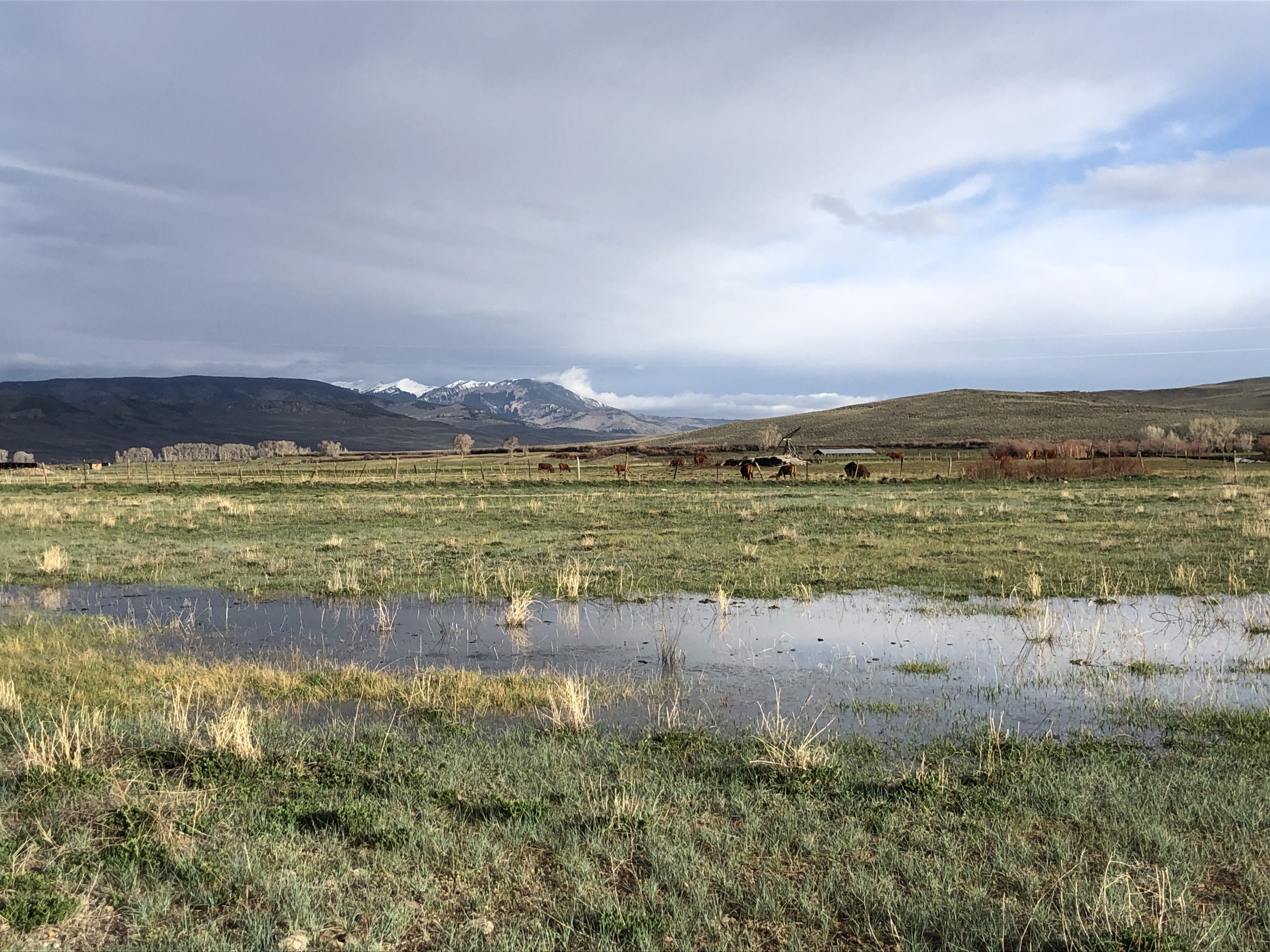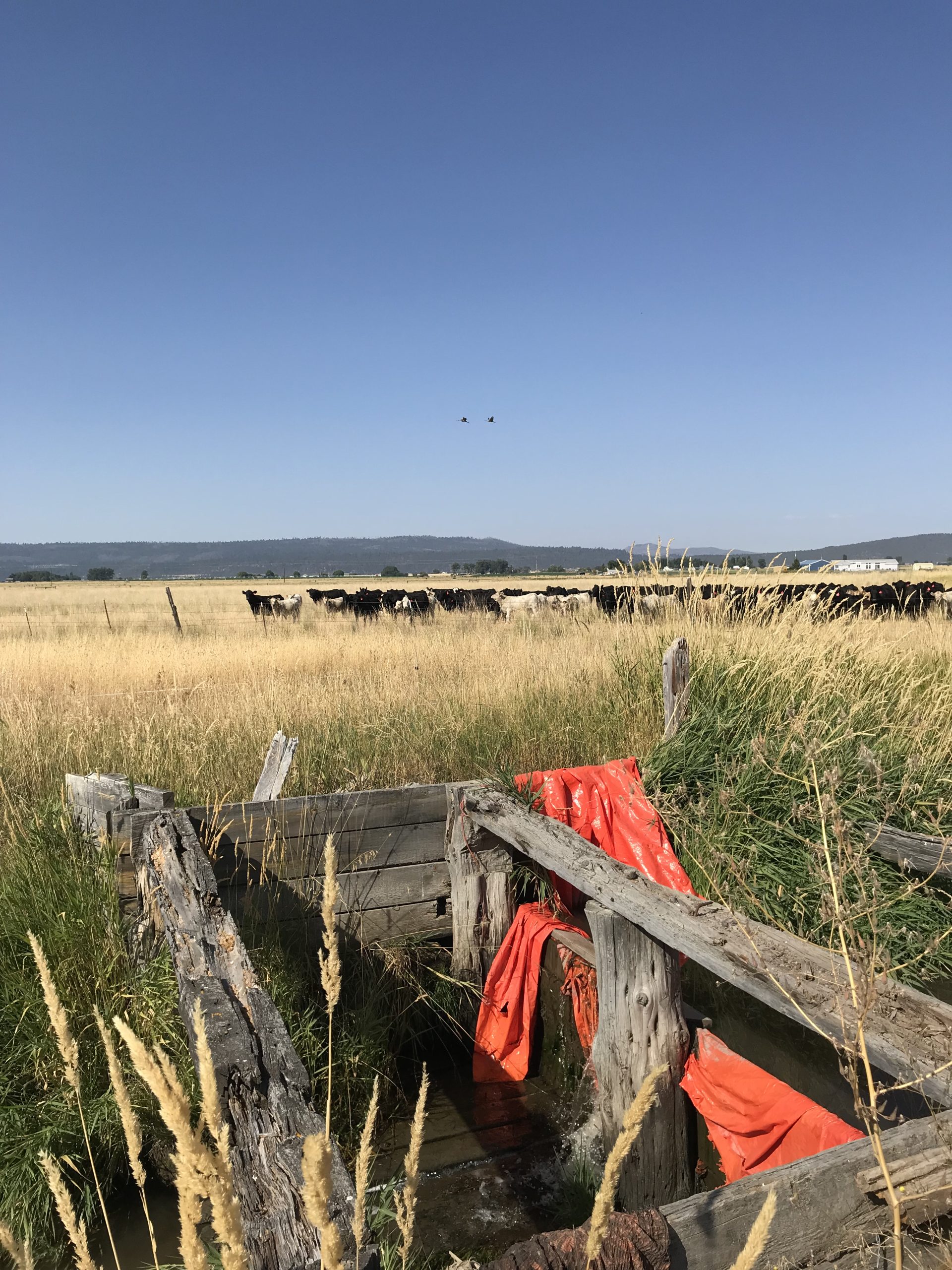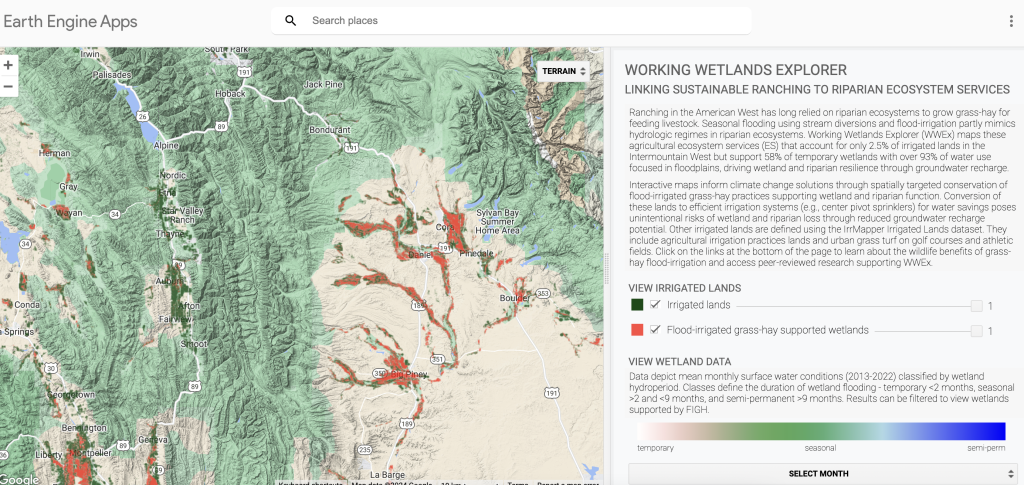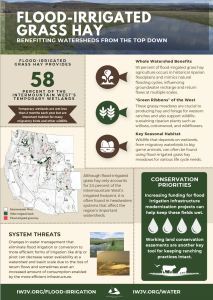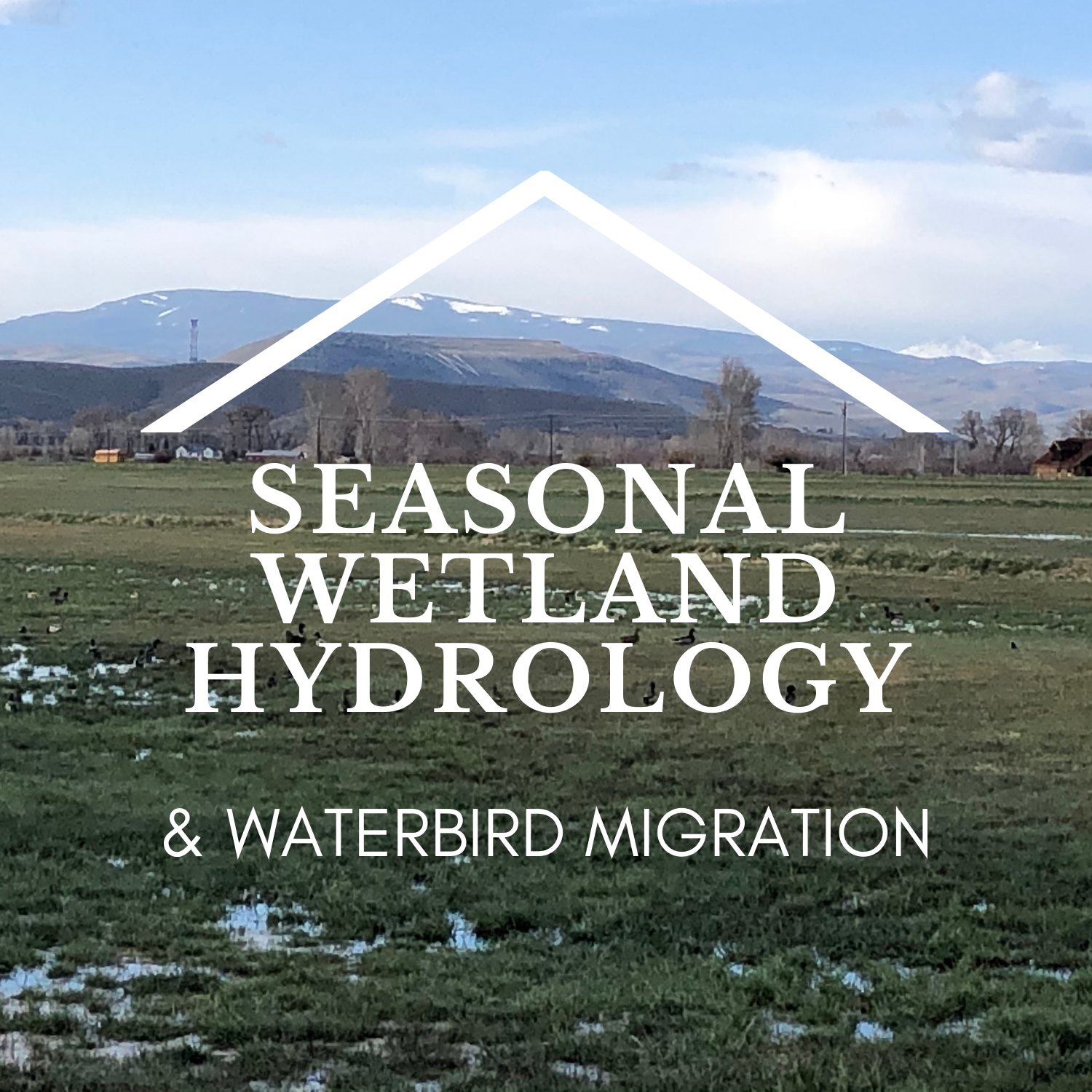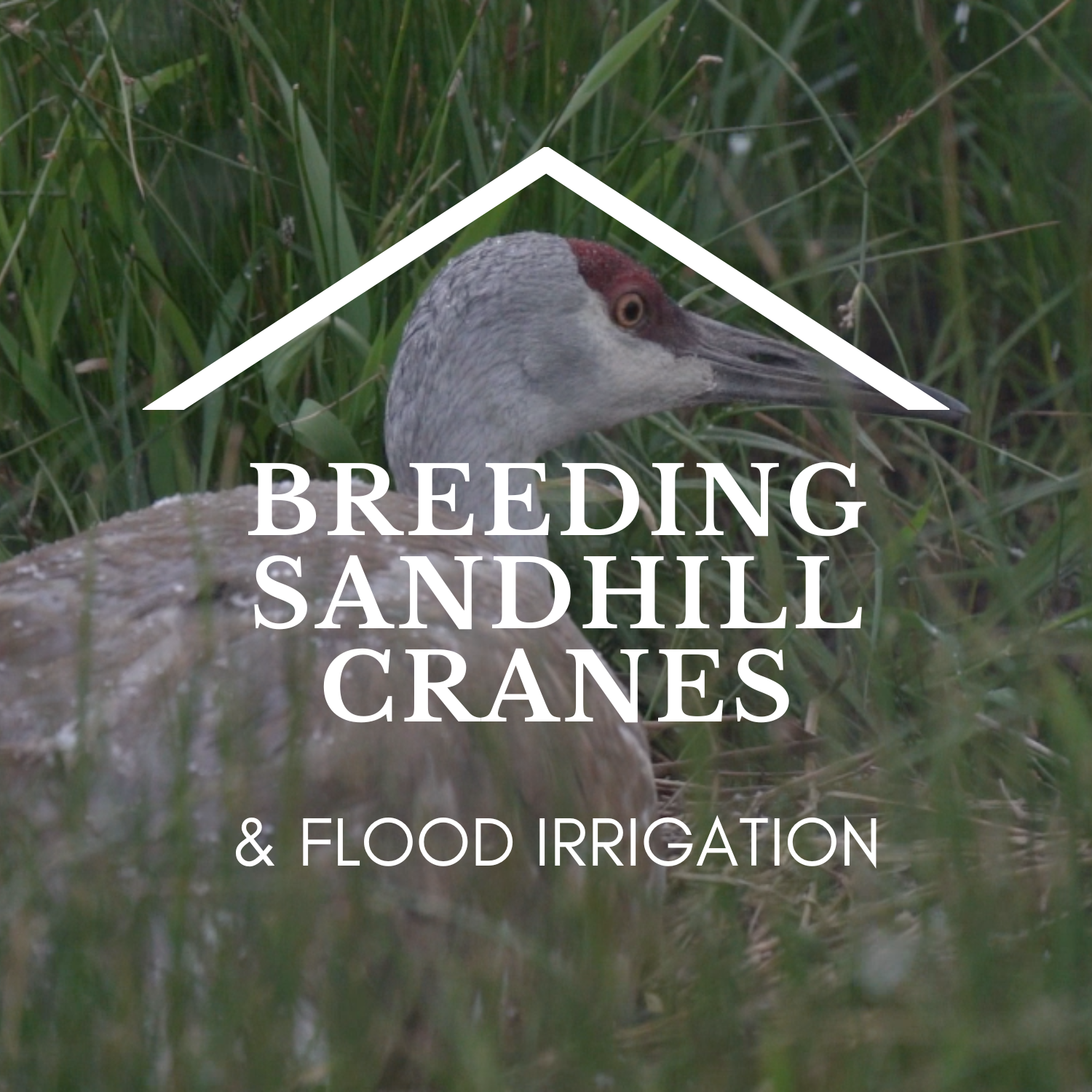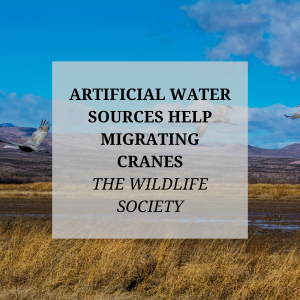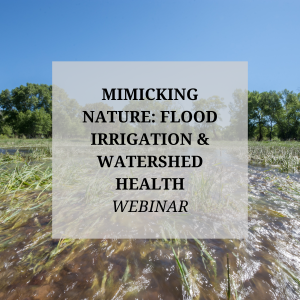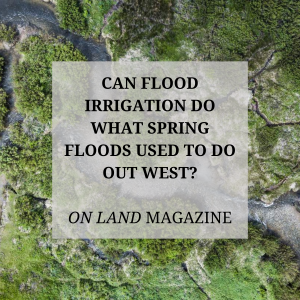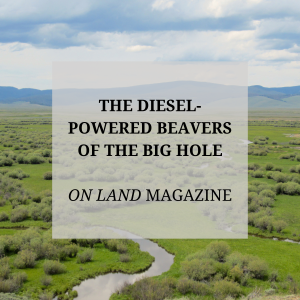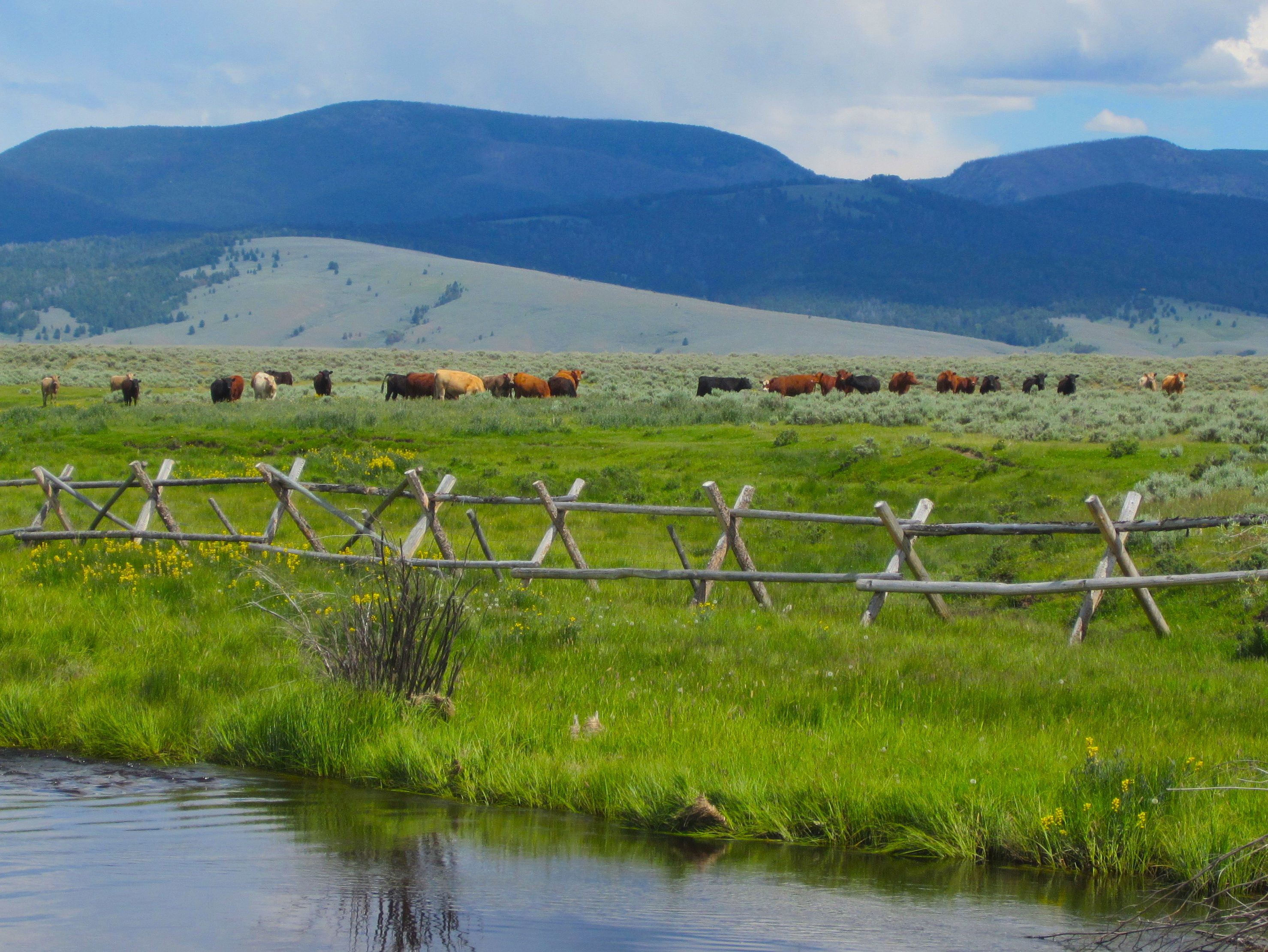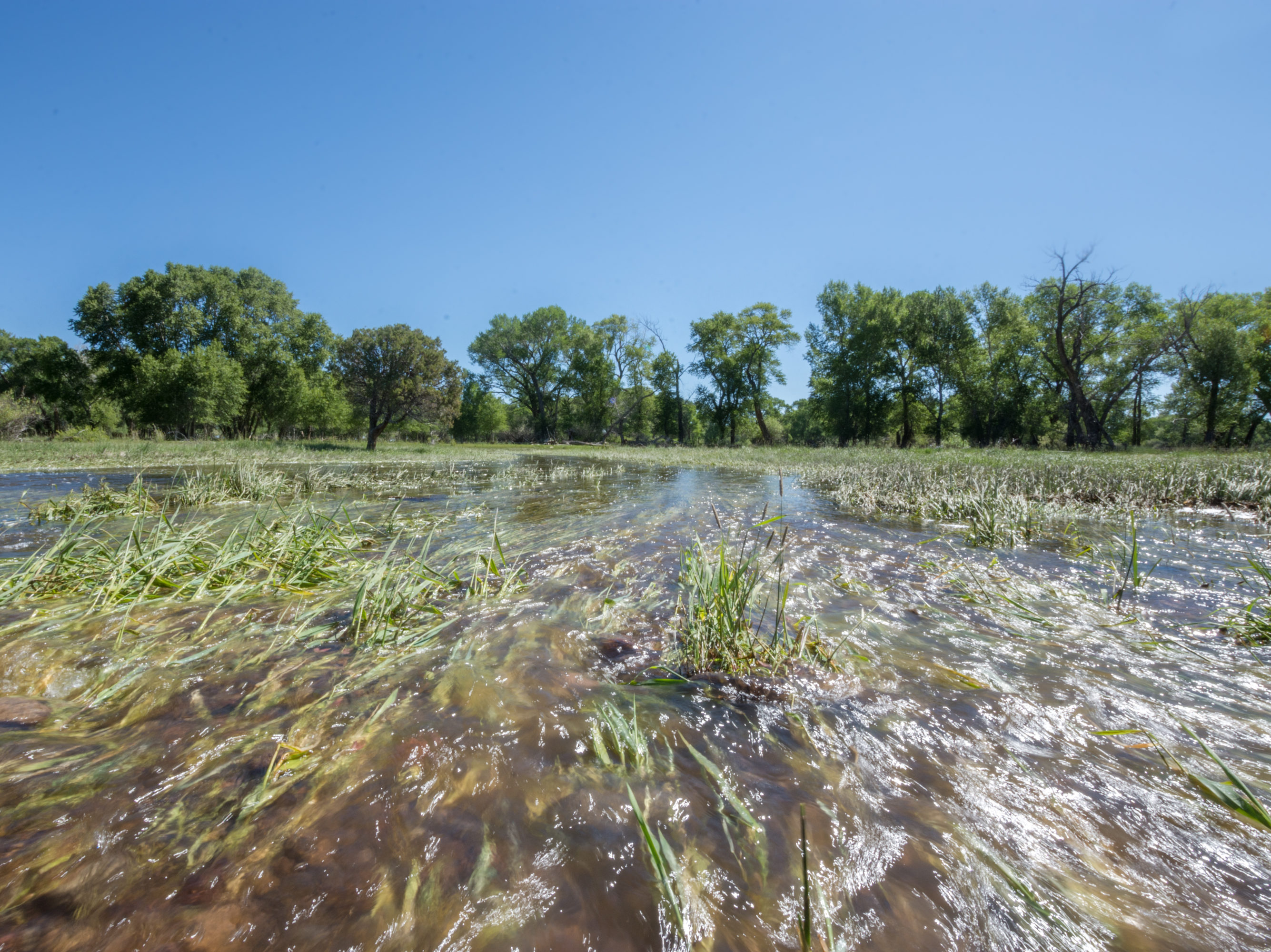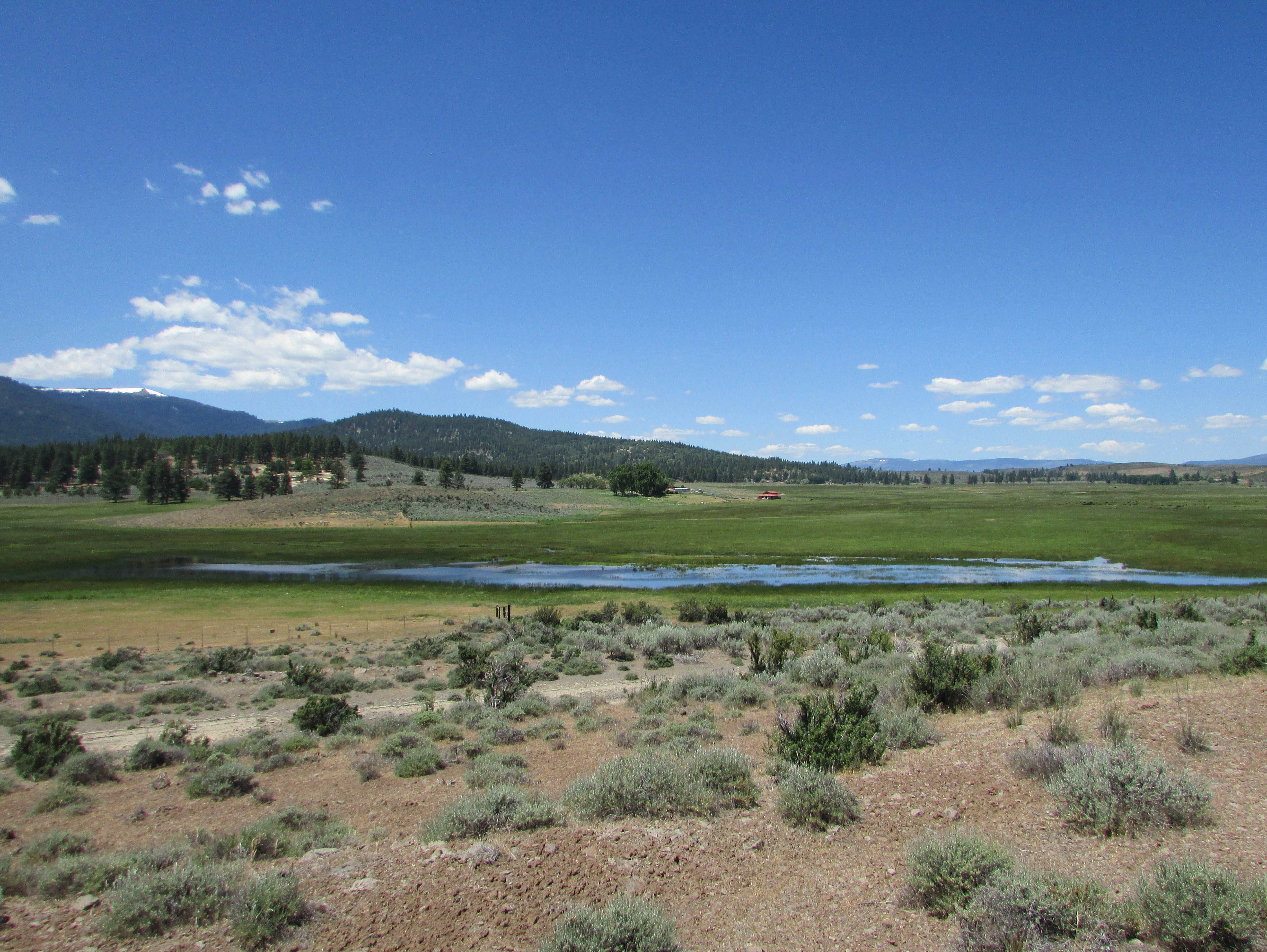Flood-irrigating grass hay meadows is a practice that has long enabled ranchers in the snowmelt-driven systems of the western United States to produce forage for livestock and sustain their operations. But as water scarcity increases throughout this semi-arid region, conversion to irrigation practices like center-pivot or other sprinkler systems, these irrigation systems are threatened—along with the habitat they support. A 2024 body of science from the Intermountain West Joint Venture, the University of Montana, and other key science partners shows the outsized ecological effects of flood-irrigated grass hay meadows. These small parcels of land only account for 2.5 percent of the region’s irrigated footprint but provide the majority (58 percent) of temporary wetland habitat in the Intermountain West. Located predominantly in riparian floodplains, flood-irrigated grass hay agriculture mimics natural flooding cycles, providing ecosystem services that promote climate resilience and wildlife benefits. As a result, ranching in many parts of the West has become deeply intertwined with ecosystem function.



